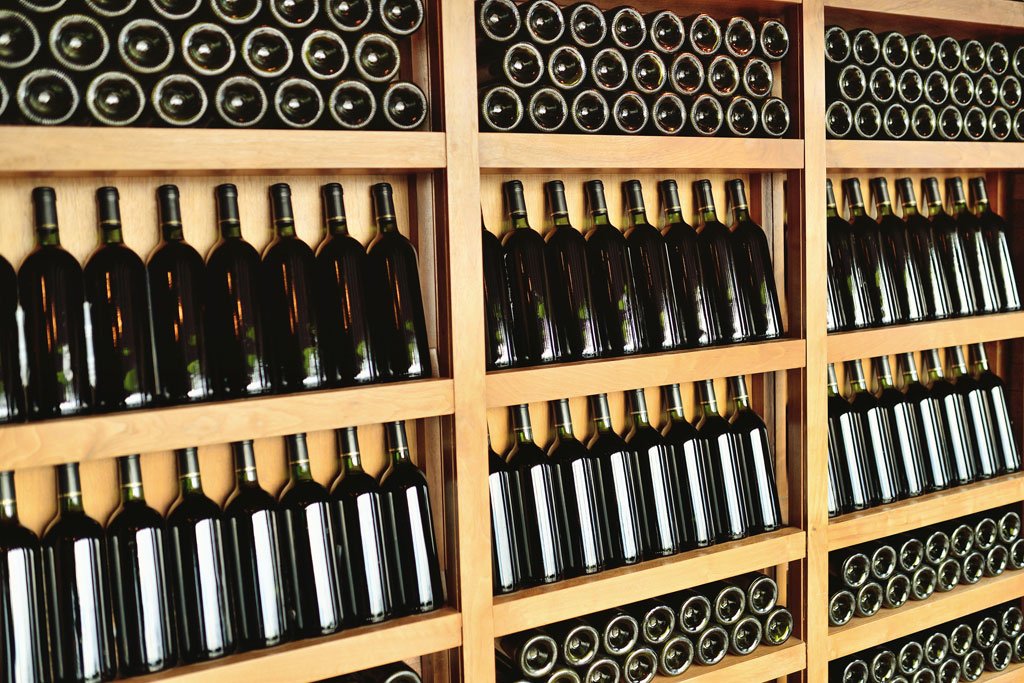Any asset that can be damaged or totally destroyed needs insuring. That includes cars, homes and any rare collectible, including wine collections of which can be worth hundreds of thousands of dollars. So, before determining the best coverage for your collection, you need to calculate its value. Then, once a policy is in place, you need to take steps to physically safeguard your collection as well.
Treating wine as an investment began in the late 19th century, and trading in wines remained basically unchanged until the end of the 20th century. In 1999, the creation of the London International Vintners Exchange (Liv-ex) made it possible to compare investment-grade wines with other asset classes. Liv-ex also helped define what were “investment-grade” wines and their approximate worth.
Less than 1 percent of the global wine market makes the “investment” grade. And to qualify, your collectibles must meet several criteria, including: the right pedigree, that is, a chateau or domain producer with prestige; longevity, meaning the ability to age for at least a quarter century; a documented history of price appreciation; availability in sufficient quantities to be traded, that is, liquidity in the investment sense; plus excellent reviews by the world’s major wine critics. So it is important to make a careful inventory of your collection. It is also important to know that you can insure any of your wines that are not investment grade.
In the event of a flood or fire, a stand-alone policy will cover damage or loss to the wine collection apart from a home policy payout and rarely charge any deductible.
To track the worth of all the items in your collection, you can use software that also provides other information, such as the most desirable “drink-by” date. Once you determine your collection’s value, you are ready to select an insurance policy appropriate to your needs. Since homeowners policies infrequently provide adequate coverage for the value of a collection, and carry a deductible, we recommend a stand-alone collection policy. In the event of a flood or fire, for example, a stand-alone policy will cover damage or loss to the wine collection apart from a home policy payout and rarely charge any deductible.
Collection insurance is available as blanket or scheduled coverage. Blanket coverage ascribes an overall value to the collection with a peritem limit. Scheduled insurance covers items within the collection separately. Whilewe recommend a blanket policy, we suggest scheduled insurance for rare items such as bottles we have seen worth $40,000. But you can also have scheduled coverage for any item you choose.
As with most collectibles, the condition of the items in your wine collection affects their worth. To protect your investment, create a temperature and humidity-controlled environment with appropriate lighting. Proper humidity levels not only protect cork quality and, in turn, the wine inside the bottle, they preserve labels, as well. Faded or torn labels may dramatically reduce a bottle’s value. Also make sure the wine is secure against theft.
Finally, if you move part or all of your collection even a short distance, hire a reputable firm experienced in wine transport. And make certain that the travel environment duplicates that of your cellar and that the trip will be nonstop; also determine whether there will be subcontractors. Steering clear of subcontractors avoids situations such as your property being offloaded during a trip and exposed to improper storage and possible theft.
We end with what may be a surprise to you and, we think, a pleasant one. The average cost of coverage for a wine collection is $0.40/$100. Put another way, if your collection, with its often irreplaceable items, is worth $100,000, coverage will cost you just $400 to insure it. Per year.
Insurance services provided through NFP Property & Casualty Insurance, Inc., a subsidiary of NFP Corp. Doing business in California as NFP Property & Casualty Insurance Services, Inc. (Calif. License # 0F15715).
This article was originally published in the December 2016/January 2017 issue of Worth.
















